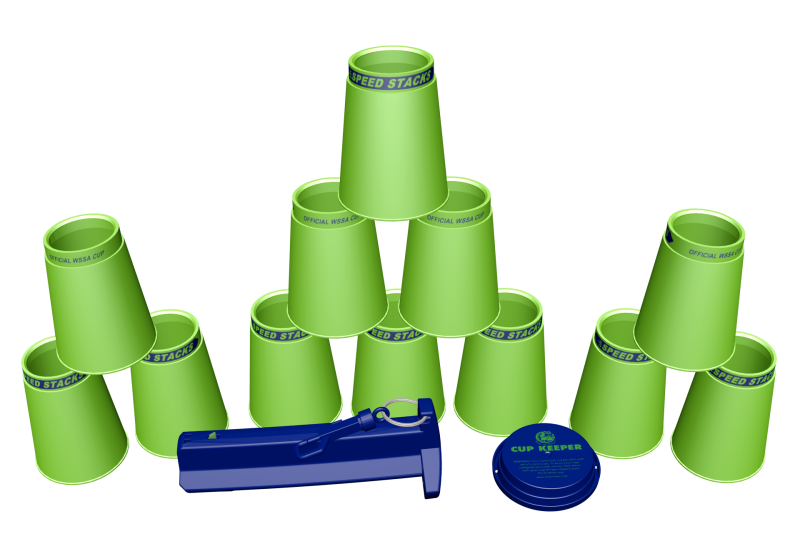

The size of a pack of cigarettes, the device is linked by cable (and LEMO W Series connectors) to a watertight tablet. This summer, WSense launched a miniature device: a “micronode” that could considerably enhance our submarine diving experience, just like smartphone applications have contributed to enriching our daily lives. This bandwidth can’t be compared to those of aerial networks “but we are working on enlarging it.” However, it is sufficient for transmitting environmental data collected by the sensors. The system, explains Petrioli, can send data to 1000 meters at the speed of 1 kbit/s and up to several Mbit/s over shorter distances. Data transfer between the nodes is permanently optimized by AI: Whenever sea conditions change, algorithms modify the path followed by byte packets. More specifically, underwater “nodes” are deployed. Their solution is based on an innovative combination of acoustic communication for medium-range distances and optical LED technologies for short distances, with a hint of artificial intelligence. Radio waves are significantly attenuated, light or sound communication vary a lot depending on the temperature, salinity level, background noise - everything had to be reconsidered and that’s exactly what WSense has done. In fact, anything that makes aerial Wi-Fi function does not work underwater. Its innovations have been honored in 2022 by a Digital Challenge of the European Institute of Innovation and Technology and by a Blueinvest prize from the European Commission.ĭeploying acoustics, optical systems, and AIĪs you can imagine, “wireless network” and “underwater” are not made for each other.

It has about 20 customers - “Blue economy” companies and scientific institutions. Today, the startup employs a staff of 50 people with offices located in Italy, U.K., and Norway. Potential applications supported the creation of a spin-off: WSense launched in 2017 with a handful of PhDs and engineers with backgrounds in acoustics, network architecture, signal processing, among other areas. “We wanted to find a way to transmit information reliably with elements like routers in large areas.” This research resulted in solutions “achieving levels of reliability and performance previously not possible” and several international patents were filed. “We started looking into underwater networks 10 years ago,” she says. The adventure of the startup began at the University of Sapienza in Rome, where Professor Chiara Petrioli is in charge of a research laboratory. A pioneer in the field, Italian company WSense has had favorable currents this year. The foundations of an underwater wireless network are also being set up, which should be as accessible and reliable as the IoT, the Internet of Underwater Things (IoUT). An increasing number of intelligent marine objects have also been created (sensors, buoys, autonomous vehicles, probes). Therefore, the green block on the left is more dense.There are a few marine research stations scattered around the globe (like needles in algal stacks). In the third image, the green block on the left has a smaller volume and greater mass than the blue block on the right. Therefore, the blue block on the right is more dense. The blue block on the right has a greater mass than the green block on the left. In the second image, both blocks have the same volume. Thus, the block that is more dense cannot be determined. Although it is possible that these blocks have the same density, it is not possible to make this determination without knowing the actual volumes and masses of the blocks. In the first image, the green block on the left has both a larger volume and a greater mass than the blue block on the right. In the situation where one block has a greater mass and larger volume than the other block, it is not possible to determine the relative densities of the blocks. If a block has both a greater mass and smaller volume than the other block, then it will be more dense than the other block. If the blocks have the same mass, the block with the smaller volume with have the greater density. Based on the density equation, if the the blocks have the same volume, the block with the greater mass will be more dense. The relative densities of the two blocks in each image can then be determined by comparing the mass and volume of each block. Based on the sizes of the blocks, you can determine which block has a greater volume. Based on the positions of the blocks relative too each other, you can determine which block has a greater mass. density=mass/volume Each image shows two blocks attached to a balance.

Density is defined as the mass of a substance per unit volume. The green block on the left is more dense. The blue block on the right is more dense. The relative densities of the blocks cannot be determined.


 0 kommentar(er)
0 kommentar(er)
